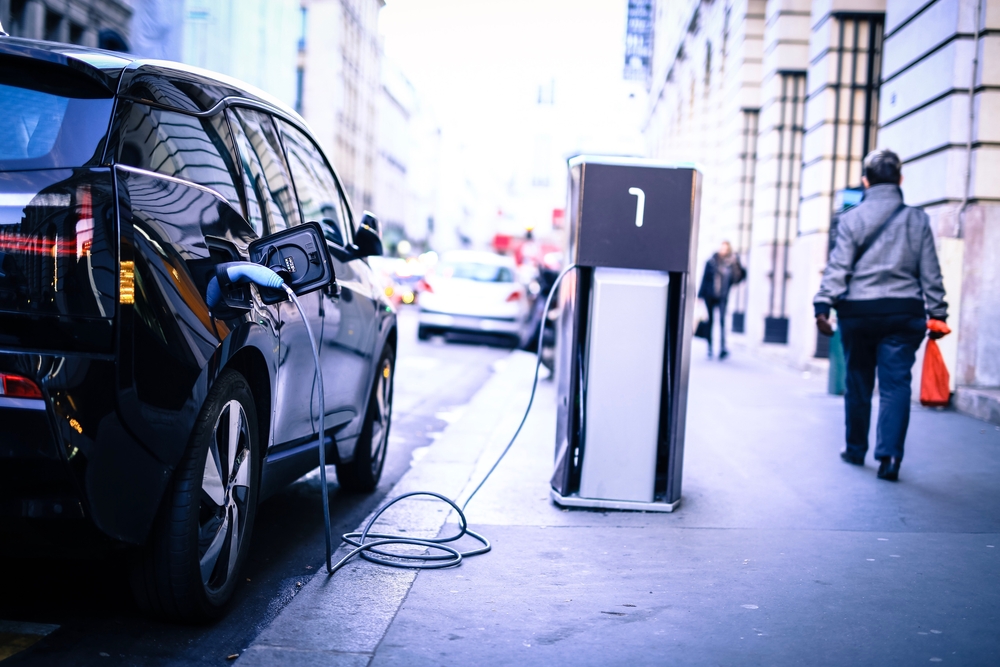Glencore: ‘Electric vehicle revolution is happening faster than expected’

Around half of global copper demand is from the electronics industry and roughly one quarter finds application in building and construction. The remainder find its way into industrial machinery, consumer products and – important in terms of growth potential – the vehicle market, specifically electric vehicles.
Vehicles with conventional internal combustion engines typically contain about 20 kilograms of copper. For electric vehicles the copper load is up to 80 kilograms (and increased quantities of cobalt, nickel, manganese).
Bloomberg reports Ivan Glasenberg, CEO of Glencore, the world’s third largest producer of copper, told investors at an industry meeting in Barcelona “the electric vehicle revolution is happening and its impact is likely to be felt faster than expected.”
Almost all carmakers are increasing investment in electric vehicles as governments adopt tighter emissions targets, he added.
In a recent report consultants McKinsey forecast that barring large-scale substitution by aluminum and other materials or a significant increase in recycling, primary copper demand could potentially grow to 31 million tonnes by 2035 as per capita usage rates in emerging markets, particularly in China, approach levels in developed economies. The prediction represent more than 40% growth from today’s annual demand levels of around 22 million tonnes.
{{ commodity.name }}
{{ post.title }}
{{ post.date }}

2 Comments
LAMB
Until the operating range of EV’s can be increased beyond 200 km, I expect Fossil Fuel vehicles to dominate the market. The up-coming Hydrogen Fuel Cell will replace Lithium Ion batteries , requiring manufacturers of those EV’s to be refitted with Fuel Cell power sources. This development will fall in line with GREEN Energy policies as the Fuel Cells essentially emit only water (H2O). Truck manufacturers Kenworth, Toyota, and UPS have begun investing in fuel cell technologies, which would allow transport vehicles to run on hydrogen and oxygen, releasing only heat and water as emissions. In Europe, fuel cell production facilities will begin pumping out 50,000 fuel cell stacks by the year 2020, making United Kingdom-based Intelligent Energy the market leader .
Danny
Somehow people seem to forget that the electrical vehicles’ batteries need to be charged with electricity produced elsewhere, they are not running on air. If you compare like for like , it is not a great fuel saving – and overall I am sure that even environmentally is worse overall – all the heavy metals will need to be disposed off, or recycled at a very high price at some time in the future. The only driver of these fads is the government regulation and subsidies pushed by brainless, unemployable Greens/Reds activists – basically everybody else pays , not just the buyer of an electrical car. And due to the artificially inflated electricity price (by all these artificial regulations and subsidies for “green energy”) , our “developed” economies overall are tanking faster and faster – all the good, well paid jobs are moving to China and other smarter countries. We, the ‘developed world’ already live on debt / borrowed time – and US more than everybody else.